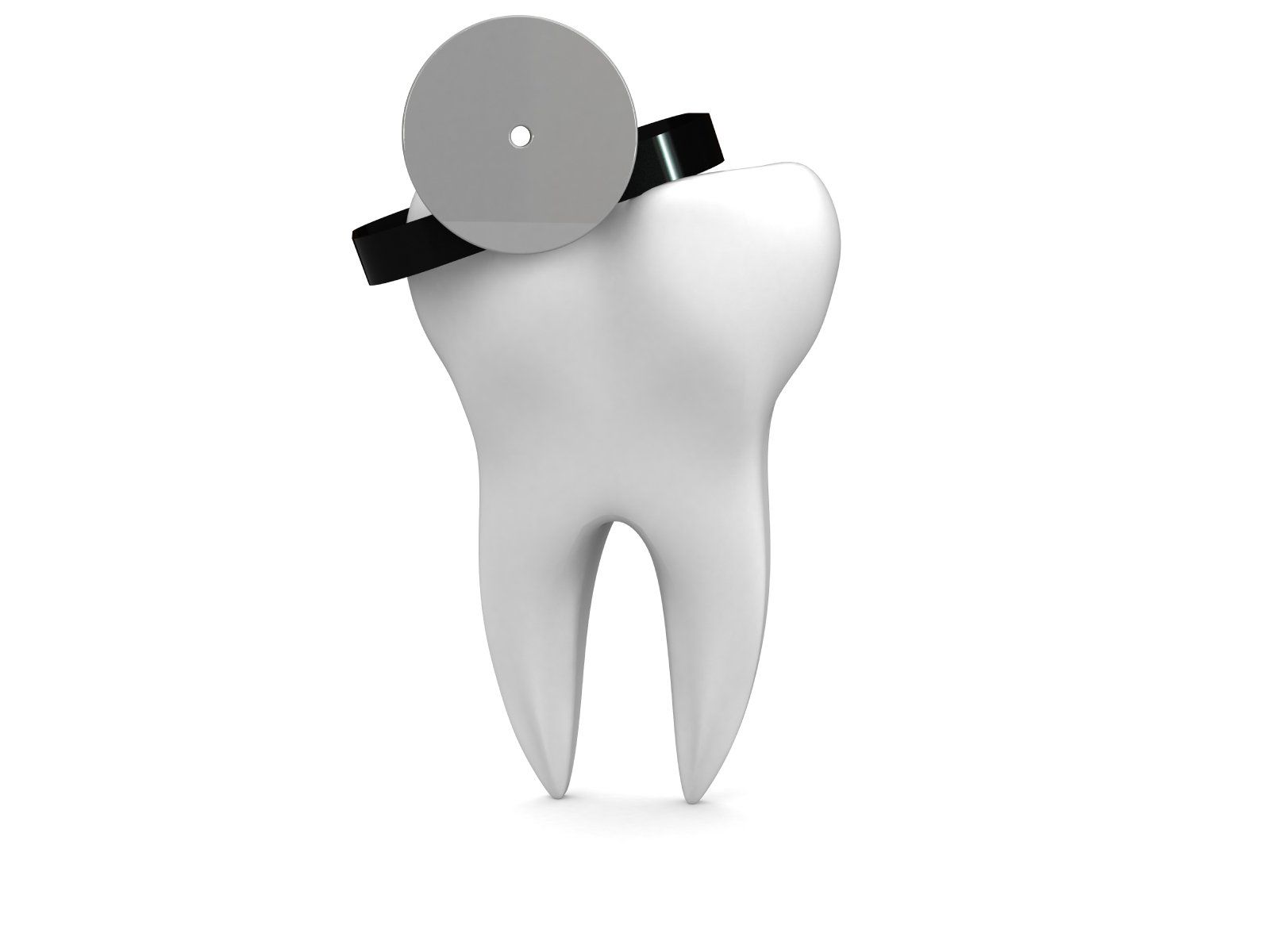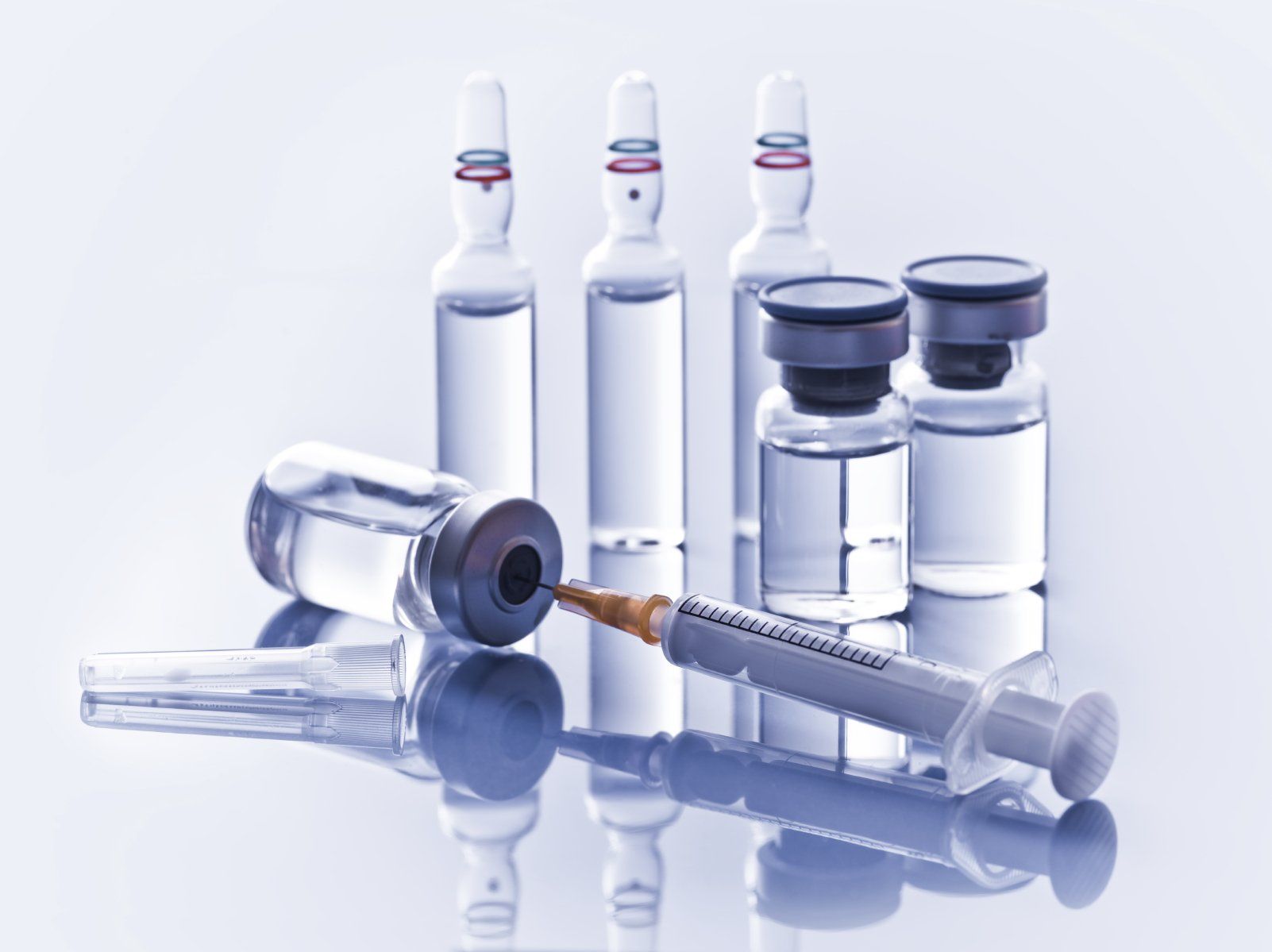Dental Sedation/Anesthesia
Laws and Guidelines
Balancing:
Access to Care
With
Safety of Care
Compliance:
Following the Letter of the Law
Ethics:
The Spirit of the Law
4 Yeses
Is Legal and Ethical?
Is it Good for the Patient?
Is it Consistent with Shared Values?
Are You Willing to be Held Accountable?
American Dental Association
Dental School Curriculum
Sedation Summary
1. Competent in evaluating physical status of the patient; monitoring vital functions; prevention, recognition and management of related complications; proper records with accurate chart entries recording medical history, physical examination, vital signs, drugs administered and patient response.
2. Physiologic monitoring:
a. central nervous systemb. respiratory oxygenation and ventilationc. cardiovascular
3. ASA physical status
4. Techniques of venipucture
5. "Following didactic instruction in minimal and moderate sedation, the student must receive sufficient clinical experience to demonstrate competency in those techniques in which the student is to be certified. It is understood that not all institutions may be able to provide instruction to the level of clinical competence in pharmacological sedation modalities to all students".
Enteral Minimal Sedation Curriculum
"Minimum of 16 hours plus clinically-orientated experiences during which competency in enteral and/or combined inhalation-enteral minimal sedation techniques is demonstrated".
"Clinical experience in managing a compromised airway is critical..."
"The education course may be completed in a predoctoral dental education curriculum or a postdoctoral continuing education competency course".
"The course director must certify the competency of participants upon satisfactory completion of the course. Records of the course instruction must be maintained and available".
Moderate Sedation Curriculum
Demonstrate technique of intravenous access, intramuscular injection and other parenteral techniques.
Prevention, recognition and management of complications and emergencies.
Airway maintenance and support of respiratory and cardiovascular systems.
Demonstrate ability to manage emergency situations: principles of advanced cardiac life support; protocol for management of emergencies, emergency drugs and equipment.
ASA Classification
Monitoring Equipment: vital signs, ventilation/breathing.
"A minimum of 60 hours of instruction plus administration of sedation for at least 20 individually managed patients.
Certification of competence in rescuing patients from a deeper level of sedation than intended including managing the airway, intravascular or intraosseous access, and reversal medications.
Records of instruction and clinical experiences (i.e. number of patients managed)".
ADA Guidelines
"All areas in which local anesthesia and sedation are being used must be properly equipped with suction, physiologic monitoring equipment, a positive pressure oxygen delivery system suitable for the patient being treated and emergency drugs".
"...deep sedation and/or general anesthesia are beyond the scope of predoctoral and continuing education programs".
If administering more than one enteral drug with or without concomitant nitrous oxide, then at a minimum this is moderate sedation.









